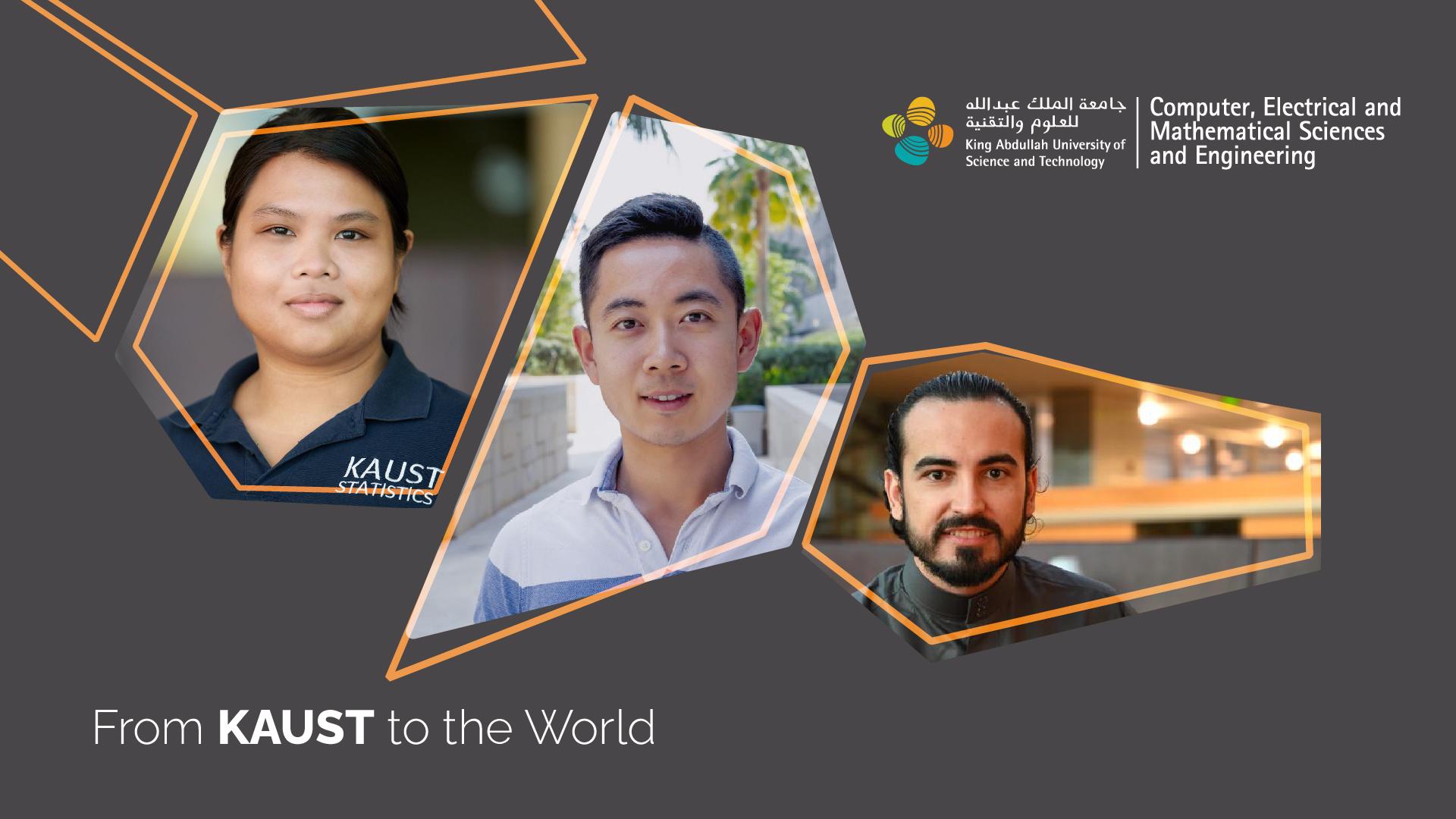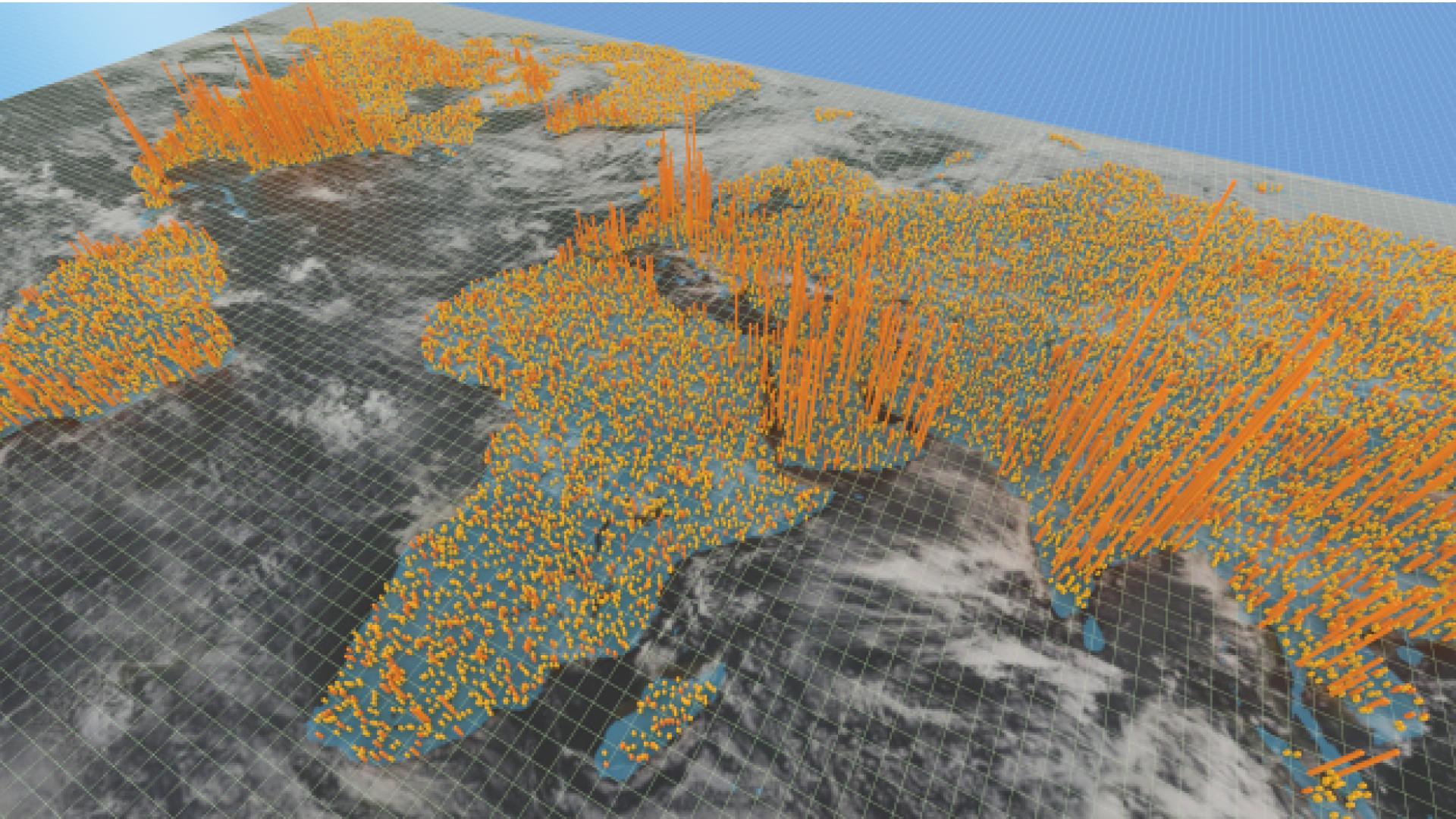A new exascale climate emulator marks a significant advancement as the first to generate, display, and evaluate hourly emulations. This achievement has led an interdisciplinary research team from KAUST to be named a finalist for the prestigious Gordon Bell Prize in Climate Modelling.
KAUST Professor Marc Genton, a pioneer in environmental statistics, was awarded the prestigious 2024 Don Owen Award for his outstanding contributions to research, consultation, and service to the statistical community.
KAUST graduates are characterized by the rigor of their Ph.D. programs, the long hours spent in the lab and classroom, juggling professional and personal commitments, achieving a work-life balance and, more recently, the ability to adapt to a global pandemic.
KAUST Distinguished Professor of Statistics Marc Genton has received the Royal Statistical Society’s (RSS) 2023 Barnett Award.
A competition on spatial statistics showcases the global state of the art in analyzing vast spatial datasets.
An asymmetric statistical model provides a better fit for imbalanced data with rare "positives," such as longitudinal health datasets.
CEMSE statisticians developed a framework which enables modeling of a range of meteorological and environmental datasets from up to 2 million locations globally.
A new study addresses the difficulty in modeling atmospheric turbulence at sub-kilometer resolution, which is challenging due to atmospheric variability, meteorology and changeable terrain such as mountains and cities.
Marc Genton, Huang Huang and colleagues from KAUST organized a global competition with 21 competing teams to compare different approximation methods for analyzing large spatial datasets.
A mixed-precision approach for modeling large geospatial datasets can achieve benchmark accuracy with a fraction of the computational run time.
The evolving periodicity of the brightness of certain types of stars can now be described mathematically.
Introducing KAUST’s very own "THE FANTASTATISTICS 4." Gaurav Agarwal, Jian Cao, Wanfang Chen, and Yuxiao Li are four Ph.D. alumni from the Statistics program at KAUST. The four students obtained their Ph.D.s last year under the supervision of Professor Ying Sun, Agarwal and Li, and Distinguished Professor Marc Genton, Cao and Chen, respectively.
Members of the KAUST American Statistical Association (ASA) student chapter recently came together for the group’s second online meeting held on Tuesday, November 10, 2020. The meeting served as an orientation exercise for new KAUST Statistics (STAT) Program students while also highlighting the shared experience of STAT Ph.D. candidates: Jian Cao, Wanfang Chen, Yuxiao Li, and Gaurav Agarwal.
Harnessing the power of deep learning leads to better predictions of patient admissions and flow in emergency departments.
Let’s discover the world of the statisticians at KAUST and be ready to be amazed by their cutting-edge research!












